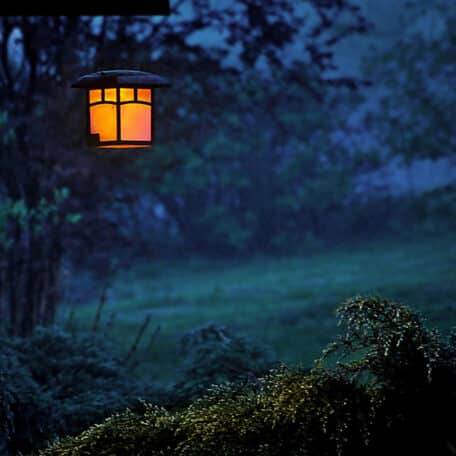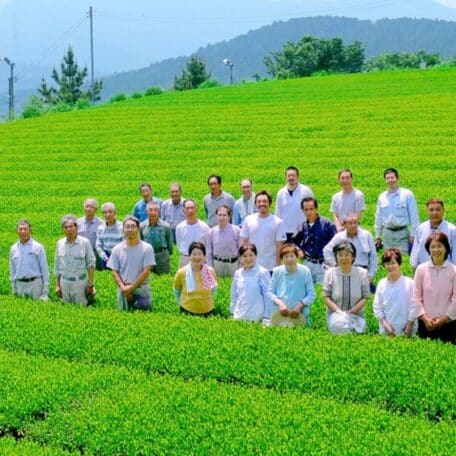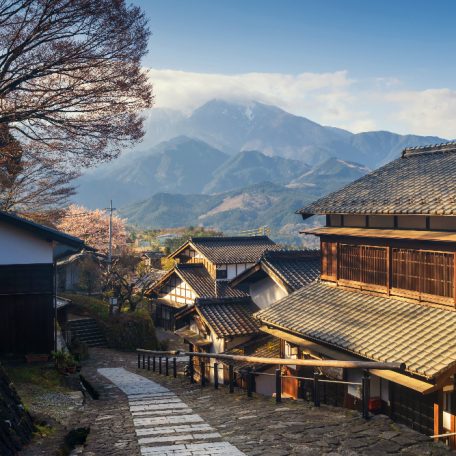4 MAJOR TEA REGIONS OF JAPAN PART 3, SHIZUOKA: FUKAMUSHI FLOWS LIKE WATER
Jan 11, 2024
BY Jamie Kruse

Welcome to part three of our four-part series on notable tea regions in Japan. So far, we’ve covered both Kagoshima Prefecture and Fukuoka Prefecture. Today we will spend some time at the base of Mt. Fuji in the tea fields of Shizuoka Prefecture. Next time, in our final post, we will focus on Kyoto prefecture’s Uji region. We hope you are enjoying the tea journey!
SHIZUOKA-CHA 静岡茶
WHAT IS THIS TEA REGION KNOWN FOR MOST?
Shizuoka is widely recognized for its sencha production and is the home of Yabukita, which covers around 80% of all tea plantations and is the most cultivated tea in Japan. In addition to being a primary tea-producing region, Shizuoka is also a major distribution center where teas from other regions are refined and blended. Also, if you’ve ever enjoyed a deep-steamed sencha called Fukamushi 深蒸し, there is a good chance it was grown in Shizuoka!

Shizuoka – Credit: Jamie Kruse for AT travel
WHAT’S MOST NOTABLE ABOUT THIS TEA REGION IN TERMS OF JAPAN’S TEA WORLD?
While riding the shinkansen from Tokyo to Kyoto, you’ve likely seen the lush green tea fields blurring outside the window as the train races through Shizuoka. Green tea is a way of life in Shizuoka and there are over 20 different areas within the prefecture that produce tea. At many schools here you can find green tea on tap or served as part of school lunch. It’s also common practice to teach children to gargle with green tea to help keep them healthy throughout the winter months. Towns across Shizuoka, such as Kakegawa, are renowned for the excellent health and long life expectancies of their citizens.

Tea field in Shizuoka – Photo credit: Explore Shizuoka
There are many tea plantations in Shizuoka Prefecture that offer varieties of tea that are not only for drinking, but can also be eaten. This is a fantastic place to try local tea-infused delicacies.

Shizu 7132 Sencha. Credit: Zach Mangan, Kettl Tea
WHY DOES TEA GROW SO WELL HERE?
Shizuoka prefecture has a warm climate and long sunny days, which support a vibrant tea culture. The coastal region also regularly experiences lower temperatures overnight, especially in the mountains, which encourages the production of high-quality tea. Altitudes range from high to low throughout the prefecture, and tea naming protocols further express this varied topography with “tea from the village” sato no ocha さとのお茶 in Japanese and “tea from the mountains,” yama no ocha 山のお茶。

Shizuoka. Credit: Kvnga
Shizuoka is also sometimes called Japan’s fertile crescent. The prefecture includes the lowlands of Makinohara and Kakegawa where the focus is deep steamed tea, literally called fukamushi 深蒸し and involves a longer steaming process than regular sencha. Kawane, located on the mountainside on the upper stream of Oi river in Shizuoka, is famous for producing a refined form of fukamushi-cha.
WHAT ARE THE TASTING NOTES, OR SPECIAL FLAVORS THAT ARE ONLY POSSIBLE IN THIS REGION?
Fukamushi sencha, in general, is described as being richer in taste than regular sencha and offers a deep green liquor, round taste, and smooth mouthfeel. The mountainous regions of Shizuoka offer a version celebrated for its balanced taste, pungent aroma, and slight astringency.
Fukamushi sencha contains an abundance of nutrients made possible by its extended steaming process. This longer steam time, two to three times longer than regular sencha, weakens the tea leaves and produces a bright, often opaque green infusion. Small particles of tea, and the extracted nutrients, are then easily ingested when the tea is steeped in hot water.
We hope you’re able to enjoy a cup of deep steamed tea from Shizuoka and feel uplifted by this brilliantly colored, healthful tea!

Fukamushi Sencha. Credit: Zach Mangan, Kettl Tea
TEA LINKS TO EXPLORE:
https://japanesetea.sg/japanese-tea-pedia/shizuoka-cha/
Links to the series:
PART 1 KAGOSHIMA: SENCHA FOR EVERYONE
PART 2 FUKUOKA: YAME EXCELLENCE: RISING STAR OF GYOKURO
PART 3: SHIZUOKA: FUKAMUSHI FLOWS LIKE WATER
Feature photo credit: Explore Shizuoka
Looking for an authentic place to have tea in Shizuoka? Make sure to check Gyokuro no Sato out!
Book your pocket wifi now to stay connected through your entire Japan Journey!

Be sure to get the JR Pass to make navigating Japan during your trip that much easier!

YOU MIGHT ALSO LIKE




